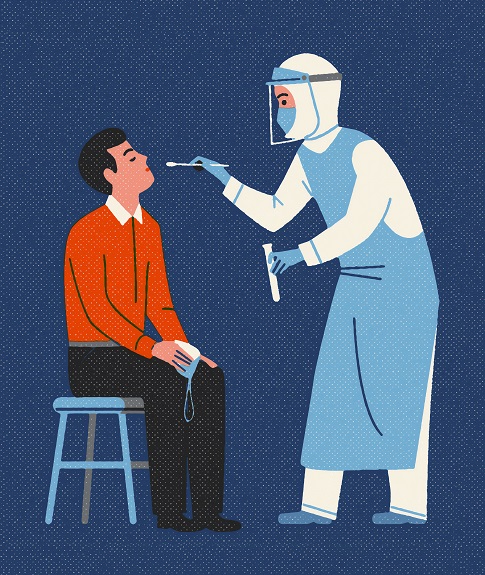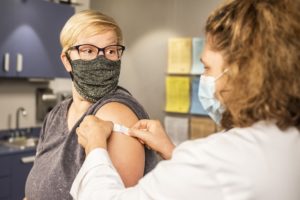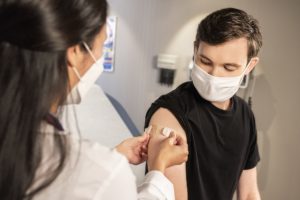Q: I want both my staff and customers to feel safe. As an employer who is trying to figure out how to safely re-open my business, among the things I’m considering is requiring employees to be tested before they come back. But now I’ve heard conflicting facts about how useful or not useful testing can be. What do you recommend?
A:With so much new information coming out daily I can’t make any specific recommendations. What I can do is describe the two types of testing that are being done and why you may have heard conflicting stories, so that you can decide what’s best for your situation. The two types of tests serve profoundly different purposes.
THE TEST FOR CURRENT INFECTION: (aka viral test or diagnostic test) This is the one most of us are familiar with that can let you know if you are infected right now.
Method and speed: Usually done with a nasal swab, you may have seen video or pictures in the news. Results can range from as quick as a couple of hours for onsite analysis, to 1-2 days if sent to a separate lab.
Availability: Once scarce and only given to those with symptoms, they’ve become widely available regardless of symptoms. So if you think you’ve been exposed, or have some reason to worry, (or your employer requires one) you can request a test.
Some counties in Florida will send someone to test you at home if in need.
The disadvantage with this test is you can test negative one day -for example before you return to work- but you could get exposed the next day and get infected. This is why it’s said this test merely takes a “snapshot of the present moment.”
TEST FOR PAST INFECTION: (aka antibody test or serology test) it lets you know if you’ve had the virus in the past.
Method: A blood sample is taken and tested it for antibodies (which is another good reason to donate blood, since they can let you know if you had the virus.)
Availability: Less common and usually requires a health referral, so it might not be readily available for employers.
Note: Antibody tests have been used in studies to test asymptomatic populations in NY and NJ. They found lots of people with antibodies who’d had the virus but didn’t know it because they didn’t get sick.
The disadvantage with this test is that those testing positive for the antibody may assume they are immune and bullet-proof. But the science isn’t clear on whether those with antibodies could be re-infected.
Because this test finds past infections, it’s said it’s “a look in the rearview mirror.”
It’s no wonder you’d heard conflicting facts about testing because the the term is being used interchangeably to refer to two very different tests. Most employers will probably be using the current infection test because it’s what widely available. As you now know however, it’s limited only to a snapshot of the present. So proceed accordingly.
Bonus tip: Per the CDC, the Food and Drug Administration has authorized two viral tests that let you collect either a nasal swab or a saliva sample at home. However, you will still need to send your sample to a laboratory for analysis.



